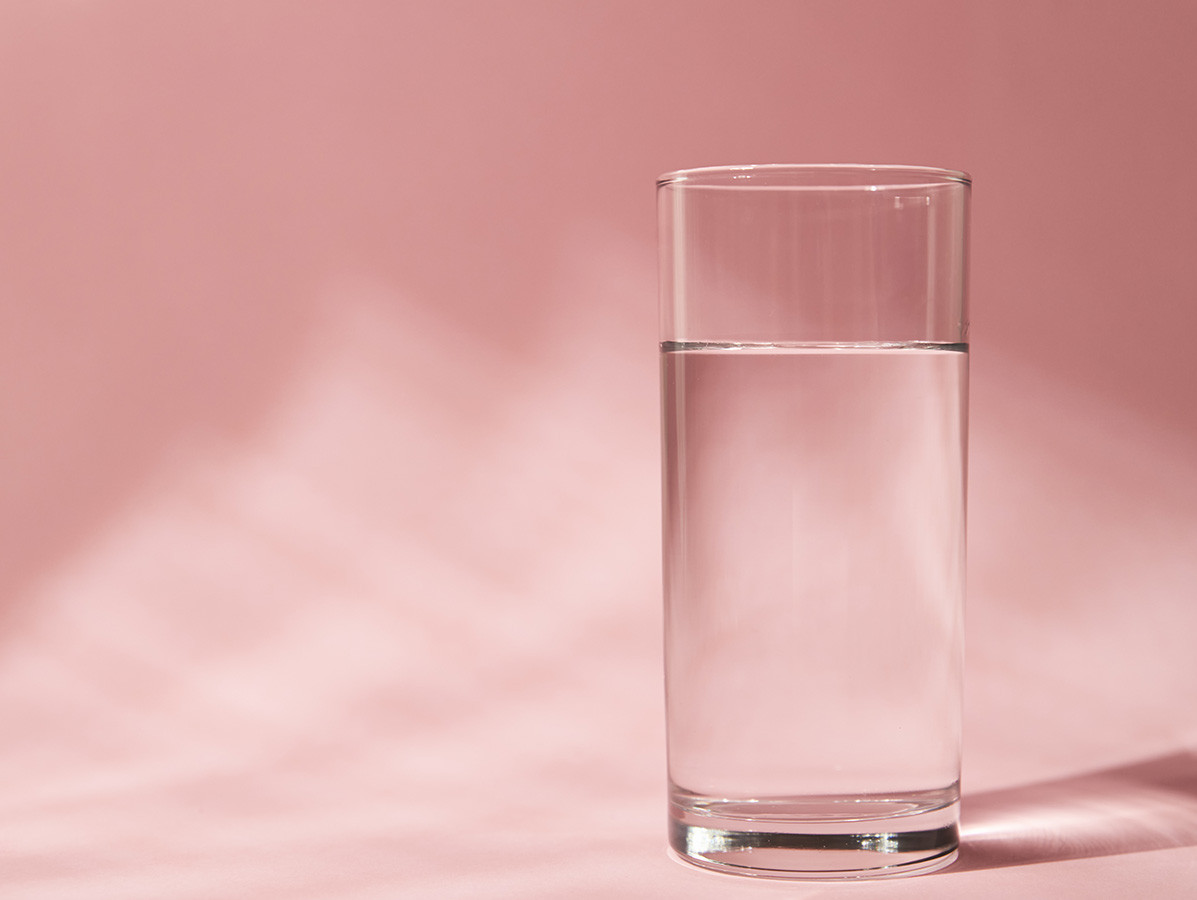
In response to the RIVM report on PFAS in drinking water, Minister Harbers (Infrastructure and Water Management) is having permits for discharges into wastewater amended. This should result in the combined discharges staying below the limit of the amount of PFAS allowed in drinking water, according to the RIVM.
The amount of PFAS in our drinking water remains almost everywhere below the safe limit of the amount of PFAS you are allowed to ingest. Nevertheless, RIVM recommends bringing it down, as PFAS enters your body in more ways than just through drinking water. RIVM recommends a value of a maximum of 4.4 nanograms per liter.
Immediately, permits for discharges into wastewater are being examined to see whether they need to be adjusted so that a maximum of 4.4 nanograms per liter of PFAS is measured at the site where the drinking water is extracted. New permits must comply with this, and existing permits will be upgraded accordingly. The aim is to prevent pollution beforehand, instead of drinking water companies having to remove the PFAS themselves.
In addition, Minister Harbers and Minister Kuipers (Health, Welfare and Sport) will issue a new assignment to RIVM. The RIVM will be asked to map the ways in which PFAS enter people's bodies. And RIVM is asked to propose measures to reduce exposure to PFAS based on this.
The national government and the drinking water industry are also working together to reduce the amount of PFAS in drinking water. Through smart adjustments in operations, local results are already being noticed. In addition, the ministry remains committed to the EU ban on PFAS in products.
Source: Rijksoverheid